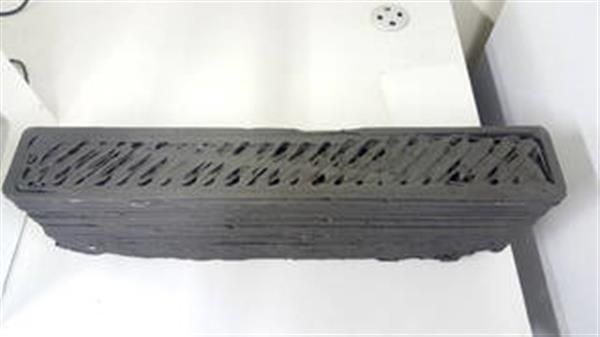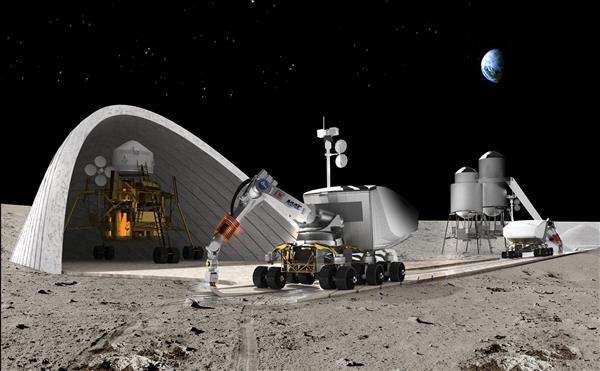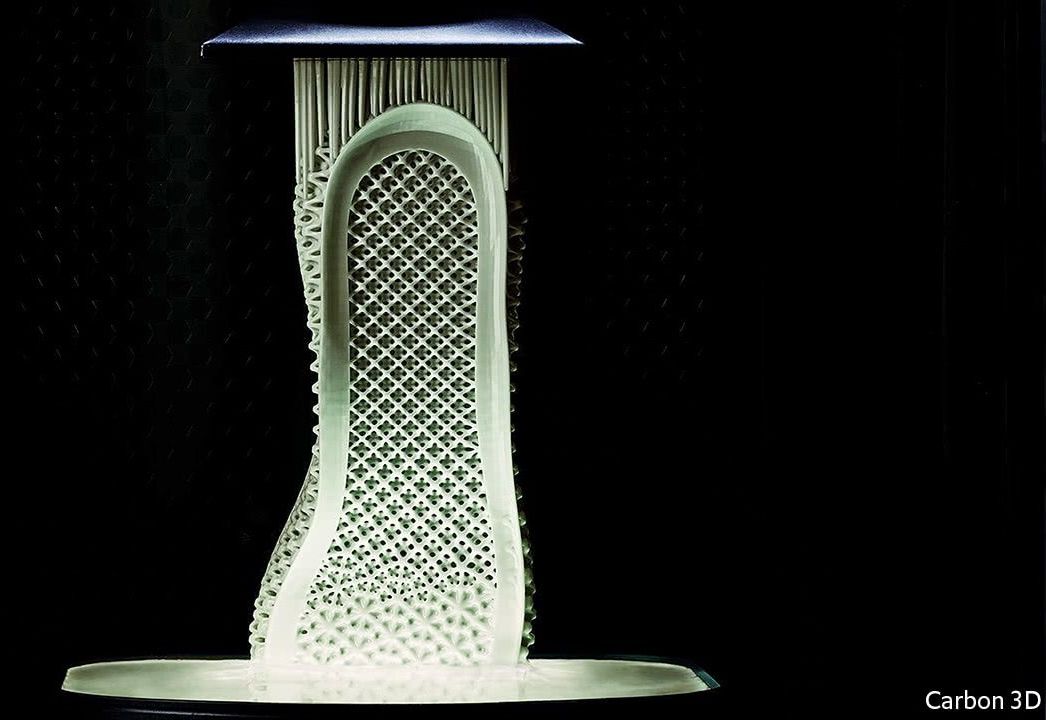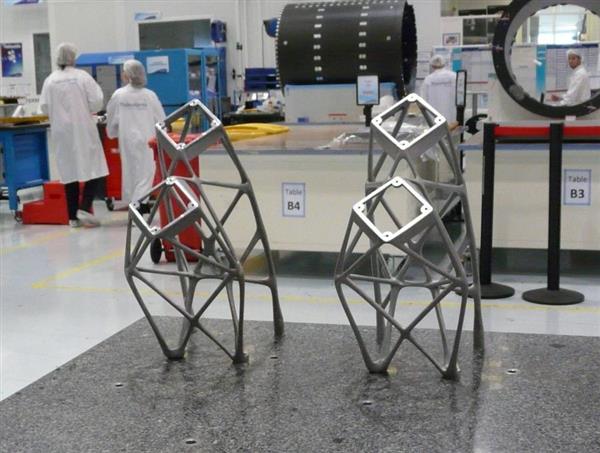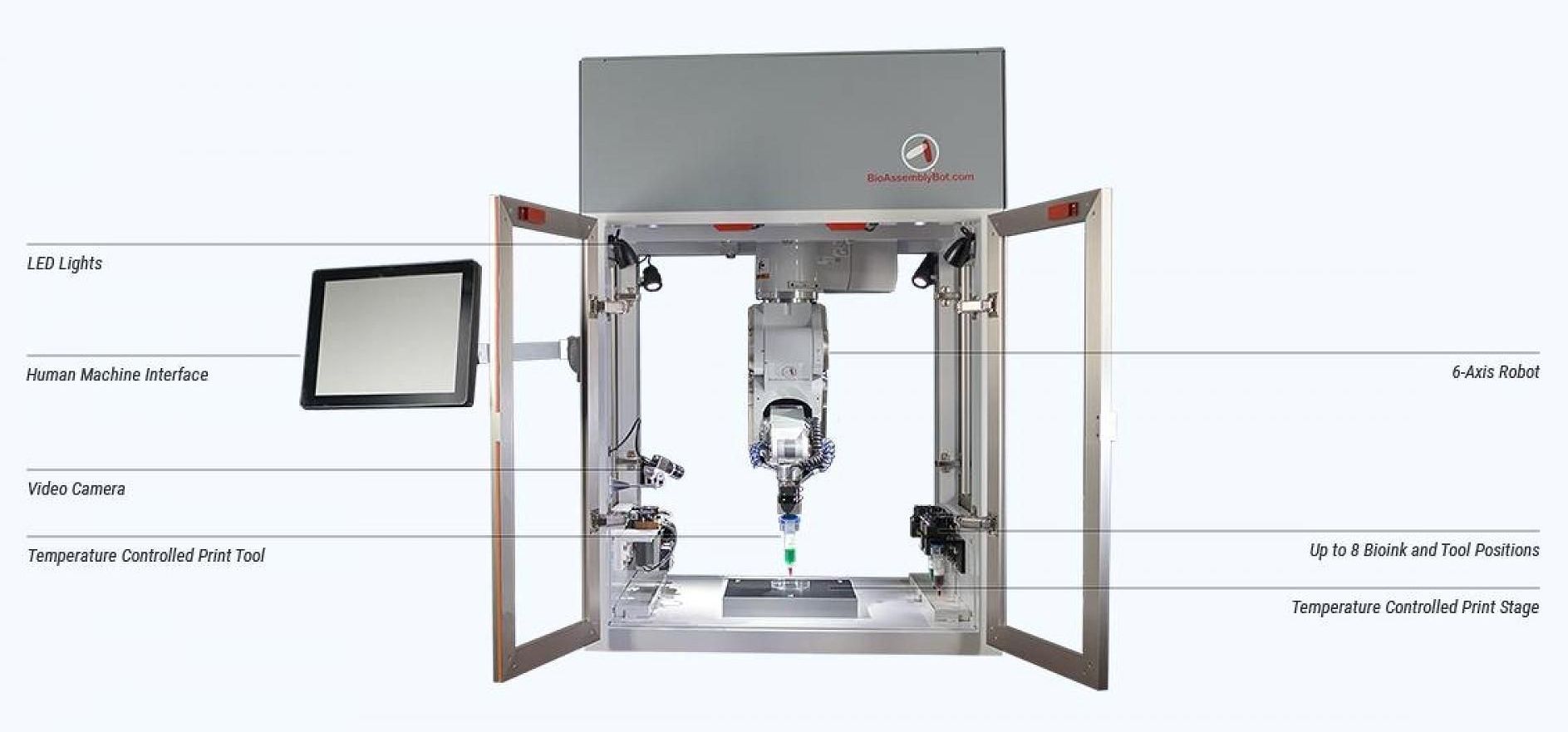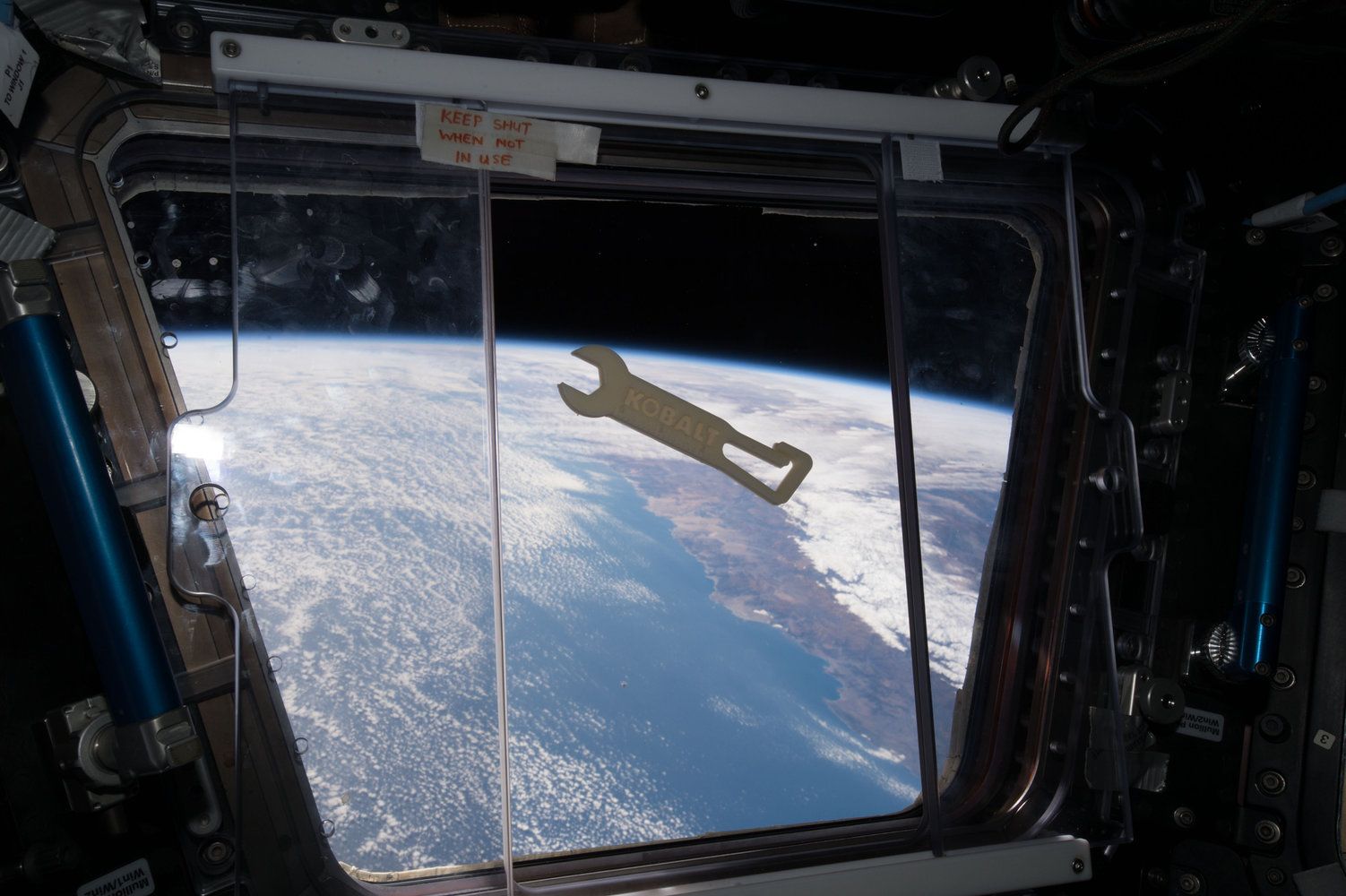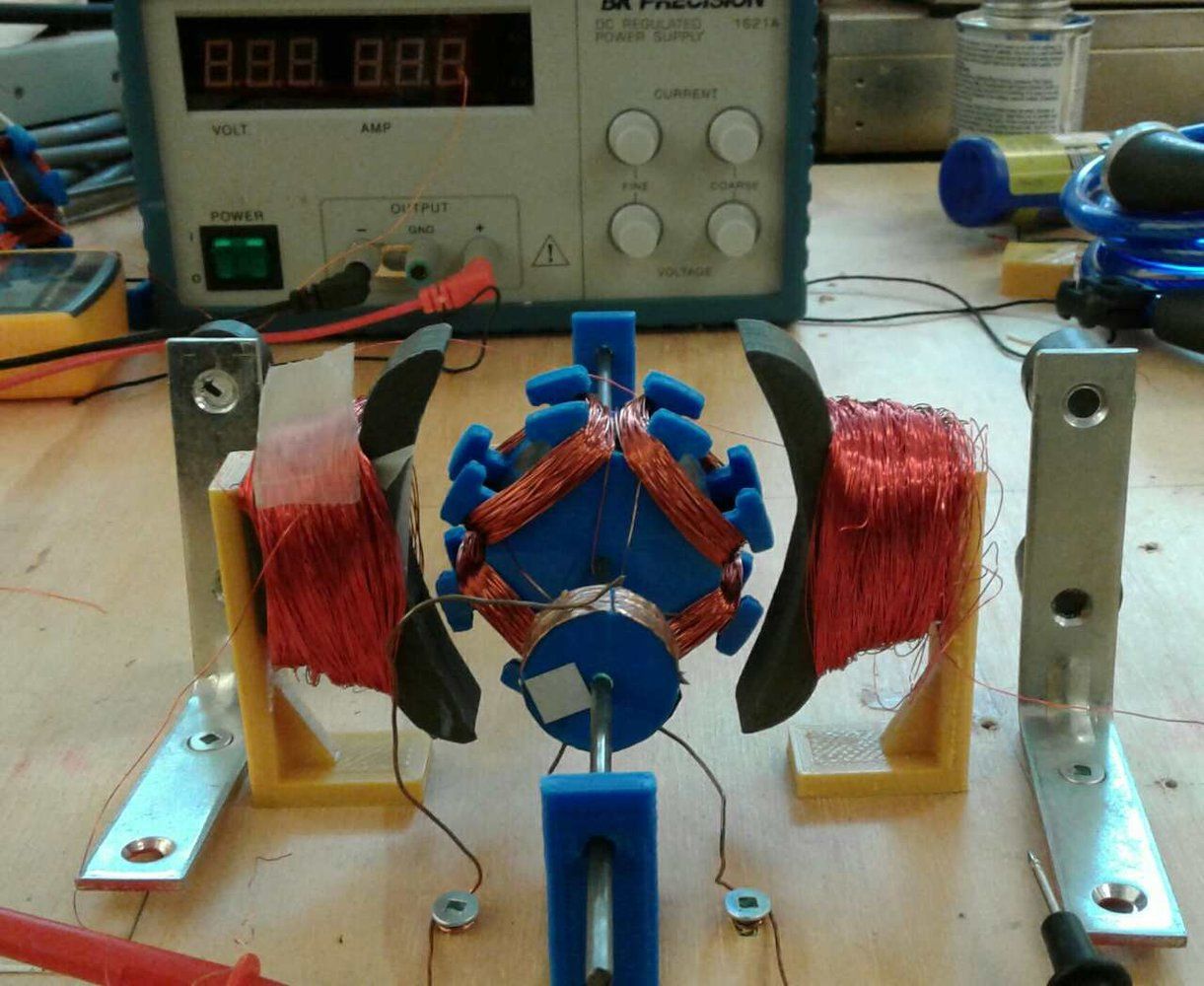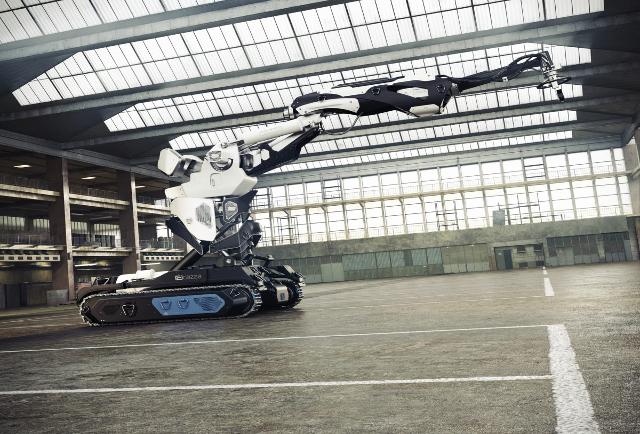Phase 1, which was the Design part of the competition, was completed back in 2015. Phase 2 is the Structural Member Competition, and the most recent level challenged competitors to 3D print a beam for bend testing. Scores were calculated based on the final material composition of the 3D printed beam and the maximum load that could be held before it failed.
Seoul-based Moon X Construction were not eligible for prize money, but $67,465 was awarded to Form Forge of Oregon State University for the second place entry. Foster and Partners with Branch Technology of Chattanooga, Tennessee came in third, earning $63,783, after getting $85,930 for getting first place in the first round of Phase 2. Fairbanks University of Alaska and CTL Group Mars of Illinois came in fourth and fifth respectively, with Singaporean team ROBOCON finishing in sixth place.
